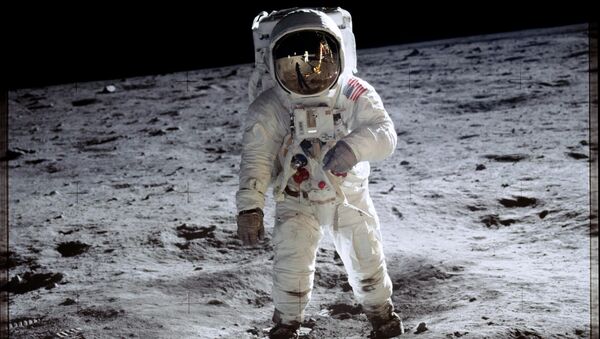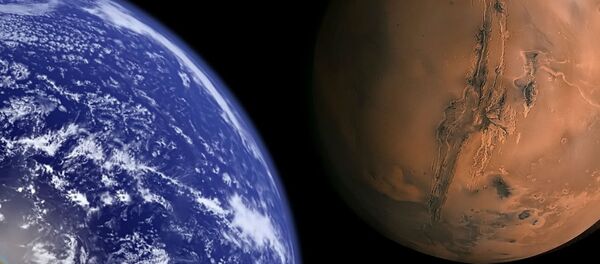The Apollo program that lead to the first humans landing on the moon in 1969 cost US$25 billion — which is US$150 billion by today's standards and up until now, another mission to the Moon seemed out of the question, since the majority of NASA's budget was taken by Mars.
But according to NASA scientists, sending a bunch of astronauts to the Moon to set up a Lunar base camp would be much cheaper now.
A team of space experts say they could establish a human colony on the Moon by 2022 — at a cost of US$10 billion, a fraction of what it used to cost with results from the Moon mission feeding into future research of the colonization of Mars.
NASA astrobiologist Chris McKay, editor of the special edition of open-access issue of New Space journal told Sarah Fecht at Popular Science:
"To me the Moon is as dull as a ball of concrete. But we're not going to have a research base on Mars until we can learn how to do it on the Moon first. The Moon provides a blueprint to Mars."
According to NASA, the US could be at the forefront or putting humans back on the Moon within five to seven years thanks to technology making it cheaper, faster and more feasible to build a lunar outpost.
The Low Cost Lunar Settlement could open up Space to the commercial and private spaceflight market, paving the way for alternative funding for research projects and further exploration of the Moon — and Mars.



